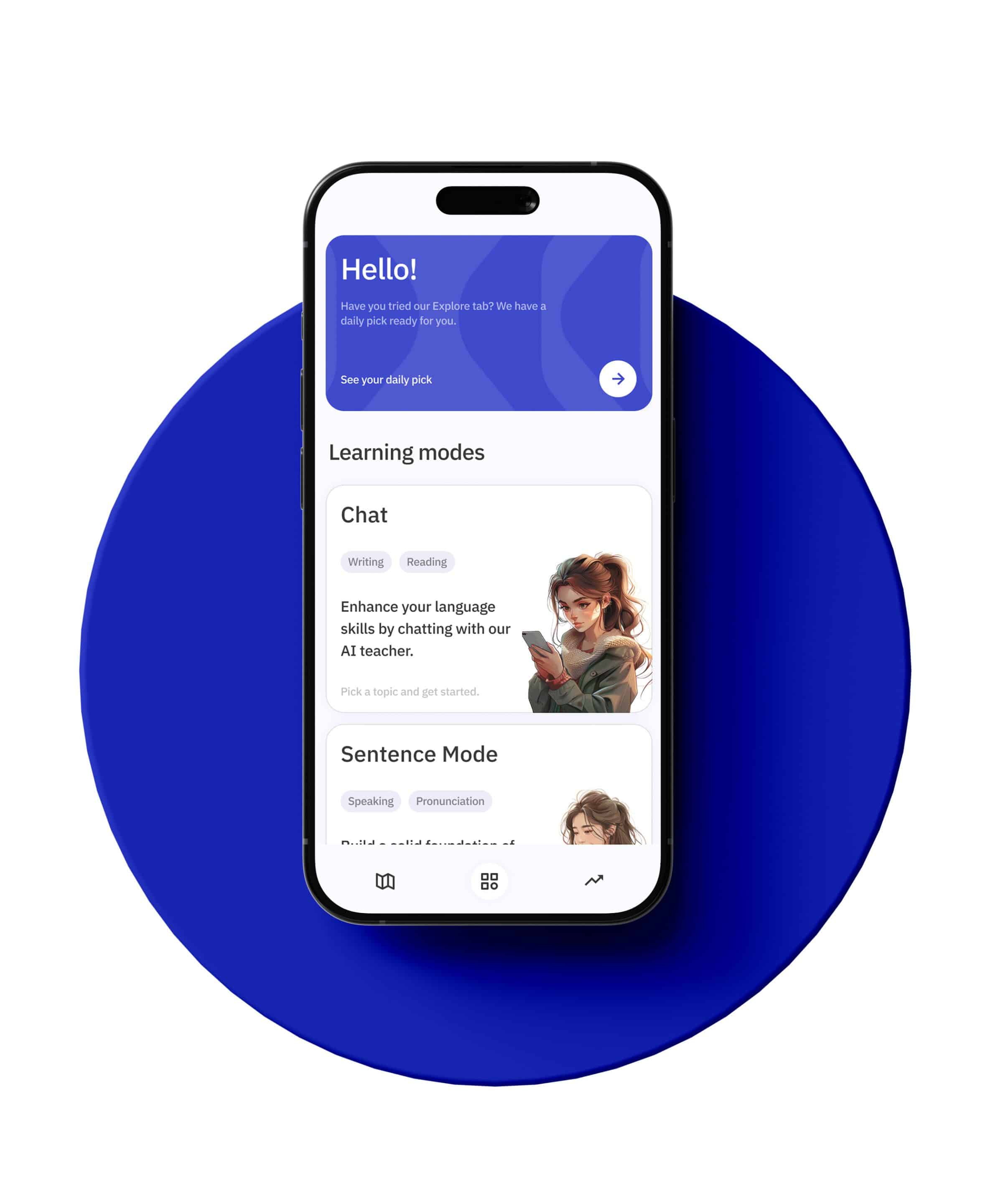Learning a new language can be both a challenging and rewarding experience. Korean, with its unique structure and grammar, offers a fascinating journey for language enthusiasts. One of the essential aspects of mastering Korean is understanding how to use relative pronouns. In Korean, relative pronouns function somewhat differently compared to English. This article will delve into the intricacies of Korean relative pronouns, providing you with the knowledge and tools to use them effectively in your communication.
What are Relative Pronouns?
In English, relative pronouns such as “who,” “which,” and “that” are used to connect clauses and provide more information about a noun. For example:
– The man who is speaking is my teacher.
– The book which you gave me is interesting.
– The dog that barked last night belongs to the neighbor.
Relative pronouns help to create complex sentences and add detail. In Korean, relative pronouns serve a similar purpose but are used differently.
Relative Pronouns in Korean
In Korean, relative pronouns are not standalone words like in English. Instead, they are formed through the use of special markers added to verbs or adjectives. The most common markers are -는, -은, -ㄴ, and -을. These markers are attached to the verb or adjective stem to modify the noun that follows.
-는 Marker
The -는 marker is used with verbs in the present tense to describe a noun. Let’s look at an example:
– 가고 있는 사람 (the person who is going)
In this sentence, “가고 있는” (gago inneun) is formed by attaching the -는 marker to the verb “가다” (gada, to go). This phrase modifies the noun “사람” (saram, person).
-은 / -ㄴ Marker
The -은 or -ㄴ marker is used with verbs in the past tense or adjectives to describe a noun. The choice between -은 and -ㄴ depends on whether the verb stem ends in a consonant or a vowel. For example:
– 읽은 책 (the book that was read)
– 큰 집 (the big house)
In the first example, “읽은” (ilkeun) is formed by attaching the -은 marker to the verb “읽다” (ilda, to read). In the second example, “큰” (keun) is formed by attaching the -ㄴ marker to the adjective “크다” (keuda, to be big).
-을 Marker
The -을 marker is used with verbs in the future tense to describe a noun. For instance:
– 먹을 음식 (the food that will be eaten)
In this example, “먹을” (meogeul) is formed by attaching the -을 marker to the verb “먹다” (meokda, to eat).
Forming Relative Clauses
Relative clauses in Korean are formed by placing the verb or adjective with the appropriate marker before the noun it modifies. Here are some examples to illustrate this:
1. Present Tense:
– 공부하는 학생 (the student who is studying)
– “공부하는” (gongbuhaneun) is formed by attaching -는 to “공부하다” (gongbuhada, to study).
2. Past Tense:
– 본 영화 (the movie that was watched)
– “본” (bon) is formed by attaching -ㄴ to “보다” (boda, to watch).
3. Future Tense:
– 만들 음식 (the food that will be made)
– “만들” (mandeul) is formed by attaching -을 to “만들다” (mandeulda, to make).
Pronouns in Relative Clauses
When using relative clauses in Korean, the subject or object within the relative clause can often be omitted if it is clear from the context. However, when needed, Korean uses pronouns like 그 (geu, he), 그녀 (geunyeo, she), 그것 (geugeot, it) to refer to the subject or object within the relative clause.
For example:
– 내가 만난 사람 (the person whom I met)
– Here, “내가” (naega, I) serves as the subject within the relative clause.
Examples and Practice
To better understand and practice using relative pronouns in Korean, let’s look at more examples:
1. The book that you read:
– 네가 읽은 책 (nega ilkeun chaek)
2. The man who is singing:
– 노래하는 남자 (noraehaneun namja)
3. The car that will be bought:
– 살 차 (sal cha)
4. The house that was built:
– 지은 집 (jieun jip)
5. The student who will study:
– 공부할 학생 (gongbuhal haksaeng)
By practicing these examples, you will become more comfortable with forming and using relative clauses in Korean.
Differences Between Korean and English Relative Pronouns
Understanding the differences between Korean and English relative pronouns is crucial for mastering their usage. Here are some key differences:
1. **No Standalone Words:**
– In English, relative pronouns are standalone words like “who,” “which,” and “that.” In Korean, they are markers attached to verbs or adjectives.
2. **Position in Sentence:**
– In English, the relative pronoun often comes at the beginning of the relative clause. In Korean, the verb or adjective with the marker comes before the noun it modifies.
3. **Tense Markers:**
– Korean uses specific markers (-는, -은/-ㄴ, -을) to indicate the tense of the relative clause, while English does not.
4. **Omission of Pronouns:**
– In Korean, pronouns within the relative clause can often be omitted if the meaning is clear from context. In English, pronouns are usually retained.
Common Mistakes and How to Avoid Them
When learning to use relative pronouns in Korean, learners often make some common mistakes. Here are a few and tips on how to avoid them:
1. **Using the Wrong Marker:**
– Ensure you use the correct marker (-는, -은/-ㄴ, -을) based on the tense of the verb or adjective. Practice with different verbs and adjectives to get a feel for their correct usage.
2. **Incorrect Position:**
– Remember that in Korean, the verb or adjective with the marker comes before the noun it modifies. Avoid placing it after the noun as you would in English.
3. **Omitting Contextual Pronouns:**
– While it’s common to omit pronouns in Korean relative clauses, make sure the meaning remains clear from the context. If there’s any ambiguity, include the pronoun.
4. **Direct Translation from English:**
– Avoid directly translating English relative clauses into Korean. Instead, focus on understanding the structure and markers used in Korean.
Advanced Usage of Relative Pronouns
As you become more proficient in Korean, you can explore advanced usage of relative pronouns. This includes complex sentences with multiple relative clauses and the use of relative pronouns in formal and literary contexts.
1. **Multiple Relative Clauses:**
– You can create complex sentences with multiple relative clauses to provide detailed descriptions. For example:
– 내가 어제 본 영화는 정말 재미있었어 (The movie that I watched yesterday was really interesting).
2. **Formal and Literary Usage:**
– In formal or literary contexts, relative pronouns may be used more elaborately. Exposure to Korean literature, news, and formal speeches can help you understand and practice this advanced usage.
Conclusion
Using relative pronouns in Korean grammar is an essential skill for creating detailed and complex sentences. By understanding the markers (-는, -은/-ㄴ, -을) and their correct usage, you can effectively form relative clauses and enhance your Korean communication skills. Practice regularly, pay attention to the differences between Korean and English, and immerse yourself in Korean language materials to master this aspect of Korean grammar. Happy learning!







